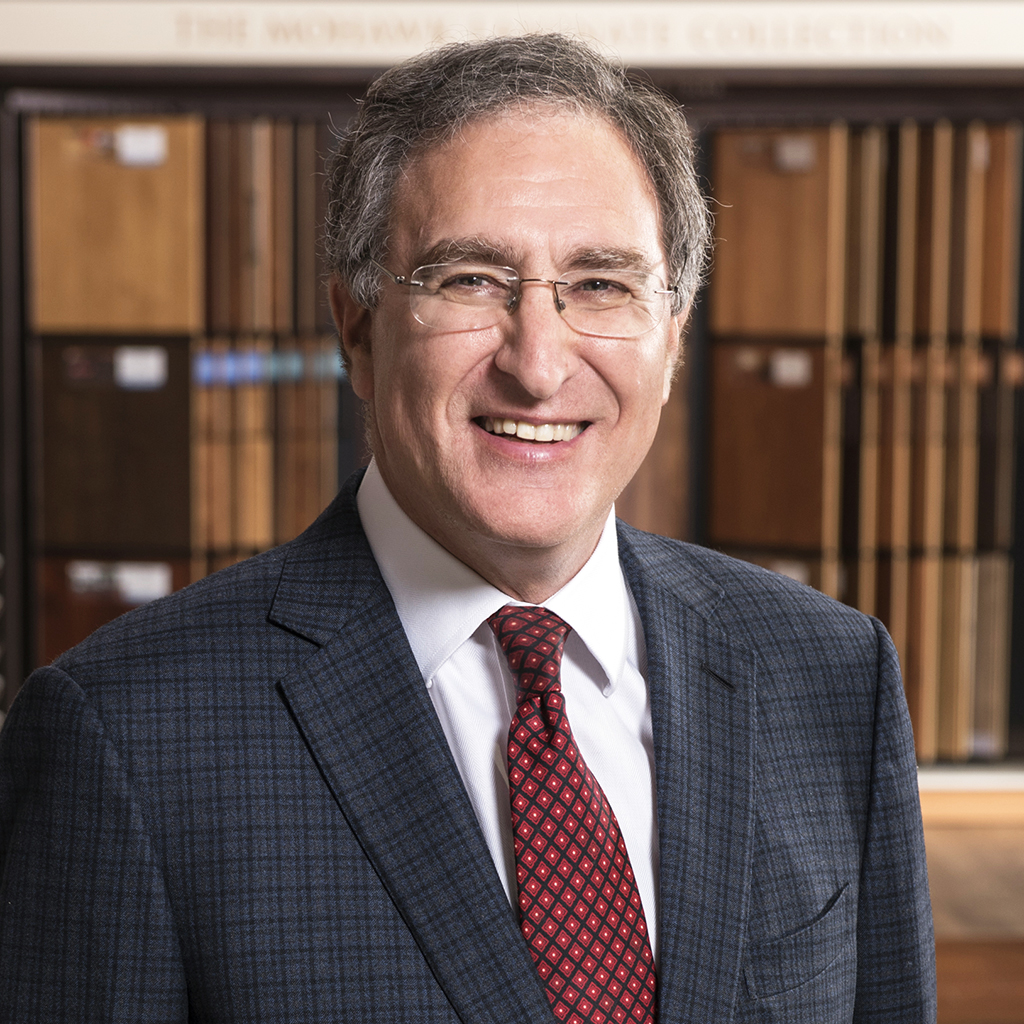
The results for the year 2017 posted by Mohawk Industries (Calhoun, Georgia) surpassed expectations, enabling the US flooring giant once again to break its previous year’s records.
Net sales grew by 5.9% to $9.5 billion (compared to $8 billion in 2015 and $9 billion in 2016). The percentage growth in margins was even higher. EBITDA rose to $1.859 billion (up 8.6% on the $1.711 billion of 2016), equivalent to 19.6% of sales, an improvement with respect to the previous year. Operating income grew by 9% to $1.416 billion, 15% of sales, while net earnings (excluding restructuring, acquisition and other costs) rose from $940 million to $1.019 billion (+8.4%).
At a geographical level, 63% of sales were generated in the United States, 25% in Europe, 3% in Russia and 8% in other international markets.
Excellent results were posted by the Global Ceramic division (brands American Olean, Dal-Tile, Emilgroup, KAI, Kerama Marazzi, Marazzi, Ragno and Ceramica Marconi with facilities in the USA, Mexico, Italy, Spain, Bulgaria, Poland and Russia). Sales grew from $3.175 billion in 2016 to $3.405 billion in 2017 (+7%, equivalent to 36% share of Mohawk Industries’ sales mix), while operating income reached $545 million (16% of sales), 13.3% up on the $481 million of 2016. These figures bolster the US multinational’s position as the world’s largest producer and distributor of ceramic tiles with a market leading position in North America, Western and Eastern Europe and Russia.
The division’s results of Q1 2018 were equally positive. Sales grew by 12% compared to Q1 2017 (+8% at constant exchange rates) and operating income reached around 13%, slightly down on Q1 2017 due to start-up costs, inflation and a different product mix.
Presenting the results to the market and shareholders, Jeffrey S. Lorberbaum, the US multinational’s Chairman and CEO, pointed out that the merit for these results was due to the group’s strong organization and long-term strategies, which were supported with $6.6 billion of investments in 5 years.

